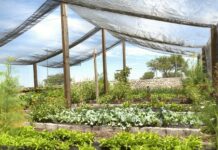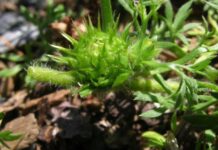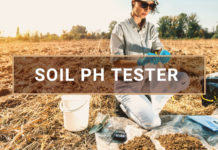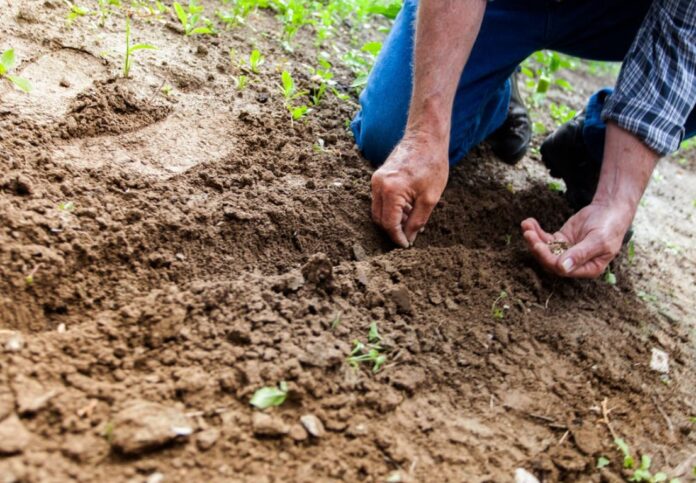
Healthy soil is the main factor responsible for growing healthy vegetables and fruits. Your garden soil must be in good shape so that it does not require more fertilizers and insecticides. You will get to learn some easy ways in this post to prepare your soil for plantation. Let us go through these points one by one:
• Determine the health of your garden soil:
There are various essential elements that are helpful for the growth of the plants, and out of all of them, potassium, nitrogen, and phosphorus are the most important. They are termed as macronutrients because plants are dependent majorly on them for their growth.
Determining the health of the soil means identifying if all the necessary macronutrients and micronutrients are present in it. The most common micronutrients are zinc, iron manganese, copper, and boron.
But the question that arises here is that how will you accomplish this. The simplest way to find out which minerals are lacking in your garden soil is by getting it tested. The soil tests measure the level of magnesium, calcium, potassium, pH, phosphorus, and nitrogen. These tests may also help determine the amount of micronutrients, but it is not generally required by people who regularly add organic matter to their garden soil.
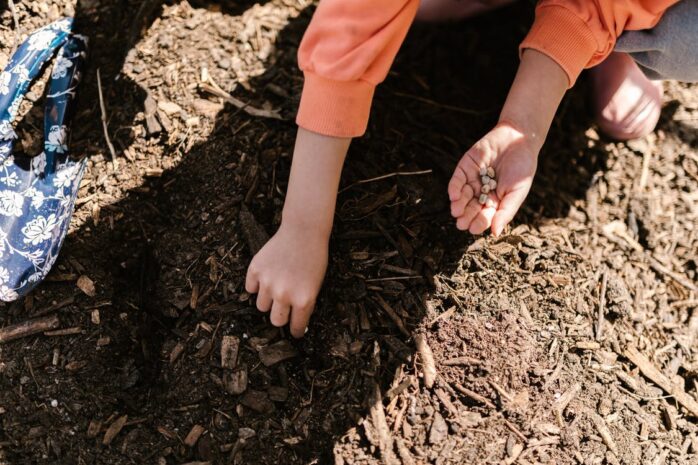
• Composting:
In simpler terms, composting is defined as the process of recycling various types of organic wastes. The primary benefit of composting is that it helps in the formation of humus for the soil by reducing vast amounts of organic materials.
We recommend using this compost in your garden as it provides a slow release of nutrients, which implies an improvement in your soil’s water retention property. It also helps in suppressing various diseases. Consider checking out LessMess to order valuable organic matter for your garden soil.
• Cover crops:
Another tip that will assist you in building the fertility of your soil is planting the cover crops. The cover crops make sure that your food crops get the advantage of additional nutrients from them. The decaying roots of these cover crops open pores in the soil, which improves the oxygen flow and helps water penetrate through it. Some of the valuable cover crops include peas, beans, alfalfa, and clovers. These crops also assist in fixing the nitrogen from the atmosphere and converting it into the form that is useful for food crops.

• Tilling:
Tilting soil is an essential step to perform before planting your crops in it. Ensure to tilt the soil as deep as possible and roughly about 8-10 inches. This will assist in loosening the soil particles so that the roots of your vegetables can grow deep. While tilting the soil, make sure that it has moisture, but it should not be thoroughly wet. When it is too wet, it will be rougher, and this is not what you want as a result.
• Mulching:
Here is another tip for retaining moisture in the soil and keeping it safe from extreme temperatures. We advise you to cover the upper layer of your garden soil with mulch.
Different types of microorganisms start nibbling at the mulch. This ultimately leads these microorganisms to incorporate their residue in the topmost layer of your garden soil. If you are looking forward to controlling the growth of weed, then we suggest you use high-carbon mulch. Also, keep renewing the mulch after every season.
Mulches can be of two types: organic and inorganic. The organic mulch includes hay, straw, and shredded bark, whereas the inorganic mulch includes gravel, pebbles, and landscape fabrics. Organic mulches help insulate the soil from extreme cold and hot weather conditions. The inorganic ones help prevent speedy evaporation of water from the soil and slow down the growth of weeds.
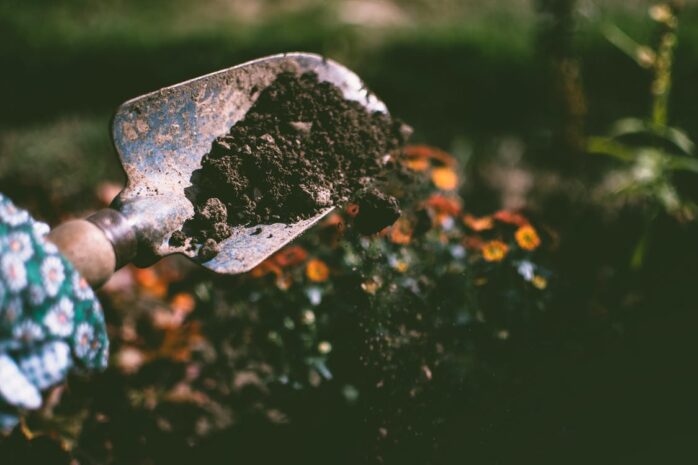
• Fertilizers:
If there is a natural lack of nutrients in your soil, you have to use fertilizers. You can use both the standard and the organic fertilizers. Organic dry fertilizer is blended into the soil as per the instructions given on its label. However, the speed at which dry organic fertilizers work is slower than the liquid ones, but the advantage is that they last longer.
Manure mixes contain various measures of nitrogen, phosphorus and potassium. The proportion of each of these nutrients is mentioned on its label. Different manures might contain bat guano, molasses, rock phosphate, and other ingredients. There are various recipes accessible by which you can prepare your own organic fertilizer.
• Utilizing permanent paths and garden beds:
The Key procedure for safeguarding soil structure is to develop plants in wide long-lasting beds, limit people strolling through to the pathways, and plant the crops as closely as could be expected. Close planting conceals the surface of the soil, which thus helps both plants and soil life by monitoring dampness and directing temperature.

• Double digging:
Double digging is an old practice for working on poor soil waste and air circulation. Essentially, you eliminate a soil line to a profundity of around 1 foot, saving the unearthed soil on a tarp. Then you utilize a spading fork to loosen the hardpan subsoil (a thick layer of soil, generally found beneath the topmost layer of soil).
Whenever one row is done, you move to the following one, eliminating 1 foot of soil, storing it in the channel close to it, then, at that point, loosening the hardpan subsoil with a spading fork. You have to keep repeating this cycle until you arrive at the end of the bed.
To Sum Up
Preparing garden soil before planting your crop is essential to ensure that it is good enough to support the growth of your plants. It must have all the nutrients that plants need for their development. Even if some of the minerals or nutrients are lacking, you add organic matter or fertilizers to fix this issue. Check out the various methods above by which you can increase the fertility of your soil and make it suitable for planting.

